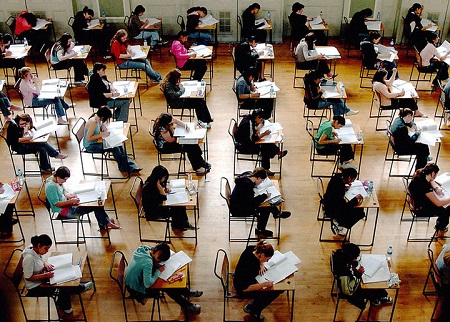Almost 30,000 high schoolers gain university entrance in Georgia

The future of Georgia lies in the thousands of students who achieved university entrance in the country’s national exams.
Results of the National Exams for higher education were released today by Georgia’s National Assessment and Examination Centre (NAEC).
The results revealed 39,000 high school students participated in the university entrance exams, and more than 28,000 achieved success.
Of those who gained university entrance, more than 3,700 students received grades high enough to receive full state financing of 2,500 GEL annually while 2,500 others will receive grants covering 50 or 70 percent of their studies.
The number of university entrants means some Georgian universities’ first year courses are full, however 18, 000 places remained vacant.
NAEC said all vacancies had been occupied at Tbilisi State University and Georgia’s Agrarian University, while only a handful of places remained at Ilia’s State University and Georgia’s Free University.
The most vacancies remained at Tbilisi Technical University, NAEC said.
In 2005 the old Soviet system of university Entrance Exams was replaced by a new system, according to a Resolution of the Georgian Government. Implementation of the new university entrance model is still considered to be one of the most successful reforms in the country.
Ten years ago it was obligatory for all university entrants to take three compulsory exams (Georgian Language and Literature, Foreign Languages and Ability Test). According to the demands of different universities and courses, some students were also obliged to take an exam in Mathematics.
In 2013 the budget to fund student grants was increased. This change made it possible for the state to finance a complete (four-year) Bachelor degree across 17 major specialties.
The limitation on programs with 100 percent funding was cancelled, giving all programs an equal chance. From 2013 it became possible for university entrants to receive 50 and 70 percent grants, while the 30 percent grant was abolished.
This model continued to be implemented in 2014 and 2015 academic years.
 Tweet
Tweet  Share
Share







